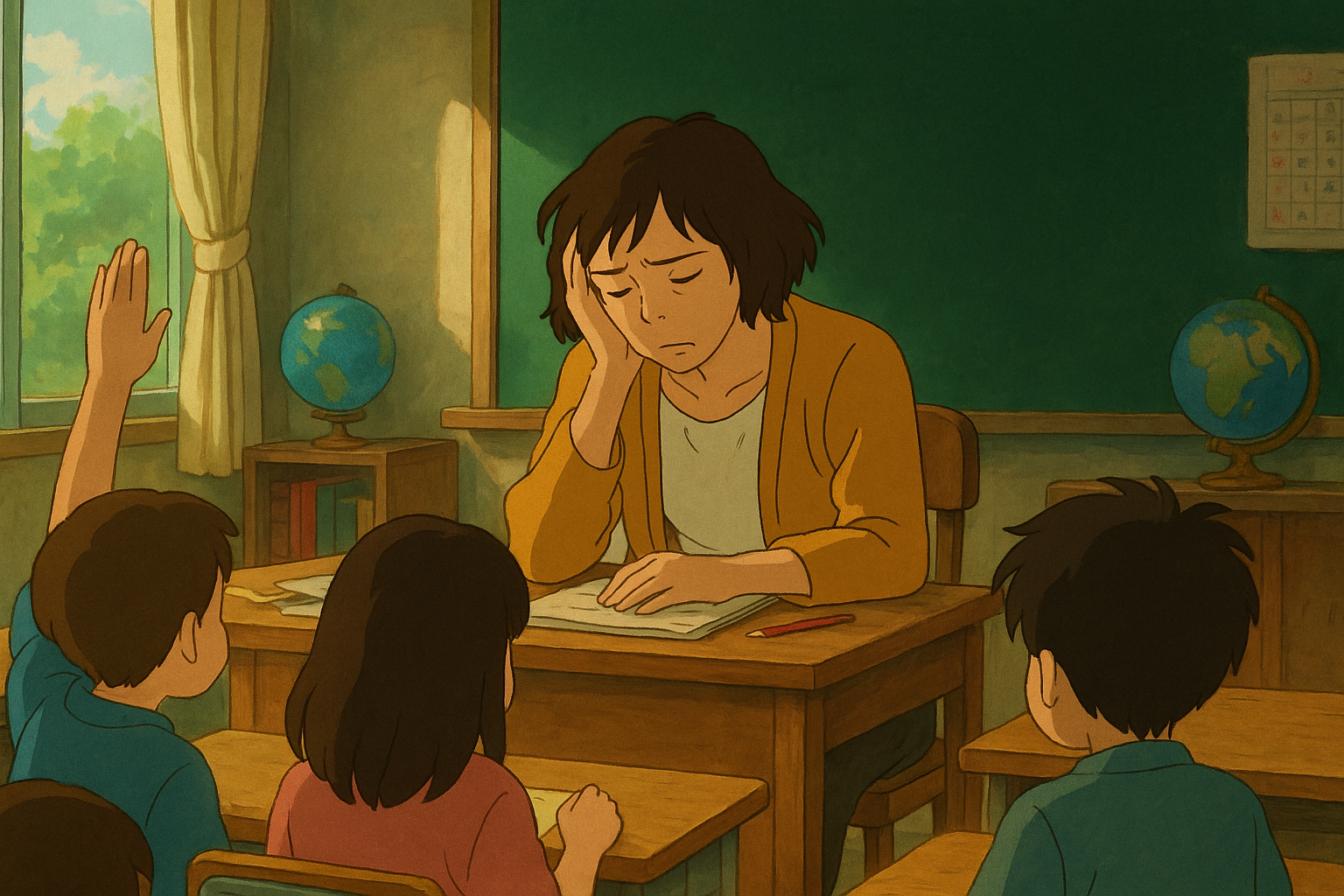In every Indian classroom, before a child learns to write, they’re taught to bow before Goddess Saraswati, the serene symbol of wisdom and learning. Draped in white, veena in hand, she lives quietly in our prayers. But behind that divine image lies a forgotten truth: Saraswati was once a real river, flowing through the heart of India, nurturing civilizations, until she vanished silently, not just from geography, but from memory.
The Rigveda, written over 3,500 years ago, speaks of Saraswati as more than divine, describing her as a real, powerful river. She flowed between the Yamuna and Sutlej, nourishing early Vedic communities and playing a central role in their lives. The hymns call her “the best of mothers, rivers, and goddesses,” not metaphorically, but literally. People lived by her, prayed beside her, and built rituals around her waters.
With passing centuries, the river slowly dried up and, as ancient stories say, vanished underground. While mythology saw this as divine will, her spiritual presence lived on, especially in prayers during Saraswati Puja and Vasant Panchami.
For years, Saraswati was dismissed as a myth. But recent scientific studies, satellite images, geological surveys, and archaeological findings have traced a vast ancient riverbed from the Himalayas to the Rann of Kutch, matching Vedic descriptions. Today, this dry channel is known as the Ghaggar-Hakra system, believed to be the lost Saraswati.
Thousands of years ago, this river was fed by Himalayan glaciers, including waters from the Sutlej and Yamuna. But tectonic shifts and climate change caused these rivers to change course, cutting off Saraswati’s sources and leading to her slow disappearance. Interestingly, over 1,000 ancient sites, many from the Indus Valley Civilization, have been found along her dry course, suggesting a thriving culture once flourished on her banks.
This supports the idea that what we often call the Indus Valley Civilization may more accurately be the Saraswati-Sindhu Civilization. Even ISRO’s satellite data confirms this ancient river path. In 2002, the Indian government launched the Saraswati Heritage Project to research and revive knowledge about this lost river.
In spite of everything we’ve come to know, Saraswati remains a quiet absence in our geography books. She belongs to that uneasy place where myth meets memory, and science meets silence. To bring her into the spotlight would mean rethinking the lines we’ve drawn between the sacred and the historical, and not everyone is ready for that conversation.
Saraswati’s story isn’t just about belief, it’s about remembering what we’ve lost. Once a source of knowledge and culture, she now flows through our rituals, stories, and silent truths. Though her waters are gone, her presence lives on, in memory and identity. And if her story made you pause and reflect, then knowledge has quietly done its work, just as she always did.





